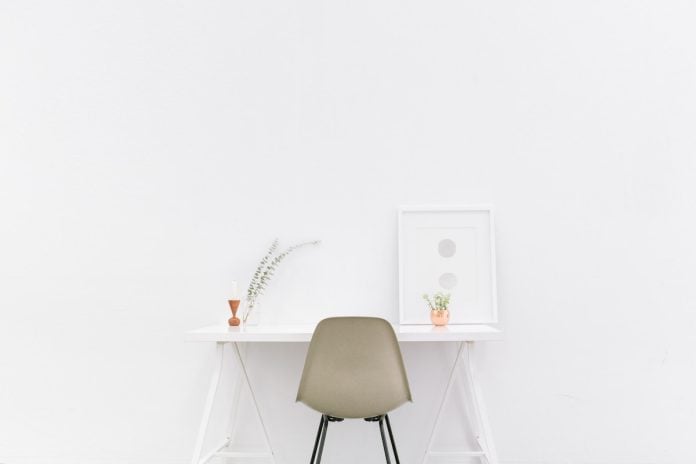Scent Symphony: Unveiling the Art of Perfume Layering with Tips
In the realm of fragrances, it’s tempting to see a bottle and its contained scent as a standalone piece, a singular expression. However, the depths of scent stretch beyond single bottles, much like the expansiveness of music isn’t limited to individual notes. Perfume layering, similar to a symphony, orchestrates an array of notes to bring forth a harmonious and personal olfactive journey.
This ancient practice has been revitalized in contemporary times. Today, we take a deeper dive into the art, exploring its origins, intricacies, and techniques.
Historical Notes on Layering
Layering scents (like the Santal 33 dupe) is by no means a new-age phenomenon. The ancient Egyptians, renowned for their opulent beauty rituals, seamlessly merged different oils and resins, crafting unique fragrances. Fast forward to medieval Europe, the practice persisted with individuals layering scented oils to mask the era’s less savory aromas. Even in the East, especially in Asia, layering found its way into ceremonial practices involving incense. This shared global history underscores humanity’s perennial quest for a unique olfactive identity.

Understanding the Fragrance Pyramid
Before diving headfirst into the techniques of layering, it’s paramount to grasp the essence of the fragrance pyramid. This pyramid delineates a fragrance’s structure into three predominant tiers: top notes, middle (or heart) notes, and base notes.
The top notes are those immediately discernible scents upon application of a fragrance. Light and fleeting, these notes, like lemon or bergamot, often dissipate within the first couple of hours. The heart notes then emerge, forming the crux of the scent. They’re more enduring and rounded, often characterized by floral or spicy elements such as jasmine or black pepper. The base notes, however, lay the fragrance’s foundation. With deep, lasting elements like amber or sandalwood, they lend a scent of richness and longevity. Recognizing each note’s category in this pyramid becomes an invaluable tool when layering, enabling strategic choices for a perfume’s depth and lasting power.
Why Layer Perfumes?
Layering, while stylish, serves both practical and artistic purposes. Through layering, you’re presented with a chance to craft a scent that’s uniquely yours, echoing your personal style and mood. This bespoke nature of layered fragrances provides a stark contrast in today’s market saturated with signature scents. Moreover, possessing a collection of perfumes allows you the liberty to adapt your fragrance to your outfit, the season, or even the day’s agenda. Layering also augments the fragrance’s longevity on your skin. A typically transient scent can be anchored and extended by a robust base note. Above all, much like a musical symphony captivates with its intricate note arrangement, a layered fragrance unveils an evolving sensory narrative as the day progresses.

The Art of Layering: Techniques and Tips
Venturing into the realm of layering can appear formidable, but with a foundation of guidelines, one can embark on an olfactive exploration. For novices, it’s recommended to initiate the journey with merely two fragrances. Selecting scents from the same family, say two floral fragrances, increases the likelihood of a harmonious blend. When choosing, always be mindful of the fragrance pyramid. A prevalent strategy involves melding a light top note with a robust base note, thus ensuring a rich olfactive depth and longevity. Prior to full-fledged application, consider a preliminary wrist test. By applying one scent on each wrist and then pressing them together, you get a preliminary whiff of their combined essence. It’s essential to be cautious of overpowering fragrances and to apply them judiciously. Also, consider applying the more enduring fragrance first, allowing the lighter one to intertwine with it as the hours tick by.
Common Layering Combinations to Try
The domain of fragrance layering is boundless, yet some combinations have repeatedly garnered adoration. The vivacity of citrus combined with the cozy warmth of vanilla results in an enticing contrast. In Middle Eastern perfumery, the amalgamation of rose and oud is cherished. Here, the rose’s sweetness finds a counterpoint in the profundity of oud. Another beloved combination merges the calming aura of lavender with the warm embrace of sandalwood. For those seeking a sensual blend, the intoxicating allure of jasmine anchored by musk’s profound notes often proves irresistible.
Conclusion: Crafting Your Olfactive Signature
Perfume layering is akin to donning the hat of a maestro, weaving a scent symphony that mirrors your style, mood, and essence. It’s a deeply personal voyage necessitating intuition, experimentation, and foundational knowledge. With the insights shared, you’re poised to navigate the fragrant waters and manifest layered aromas that narrate your story. Embrace the myriad fragrances and unleash your creativity, conjuring olfactive tales that are distinctly yours.





